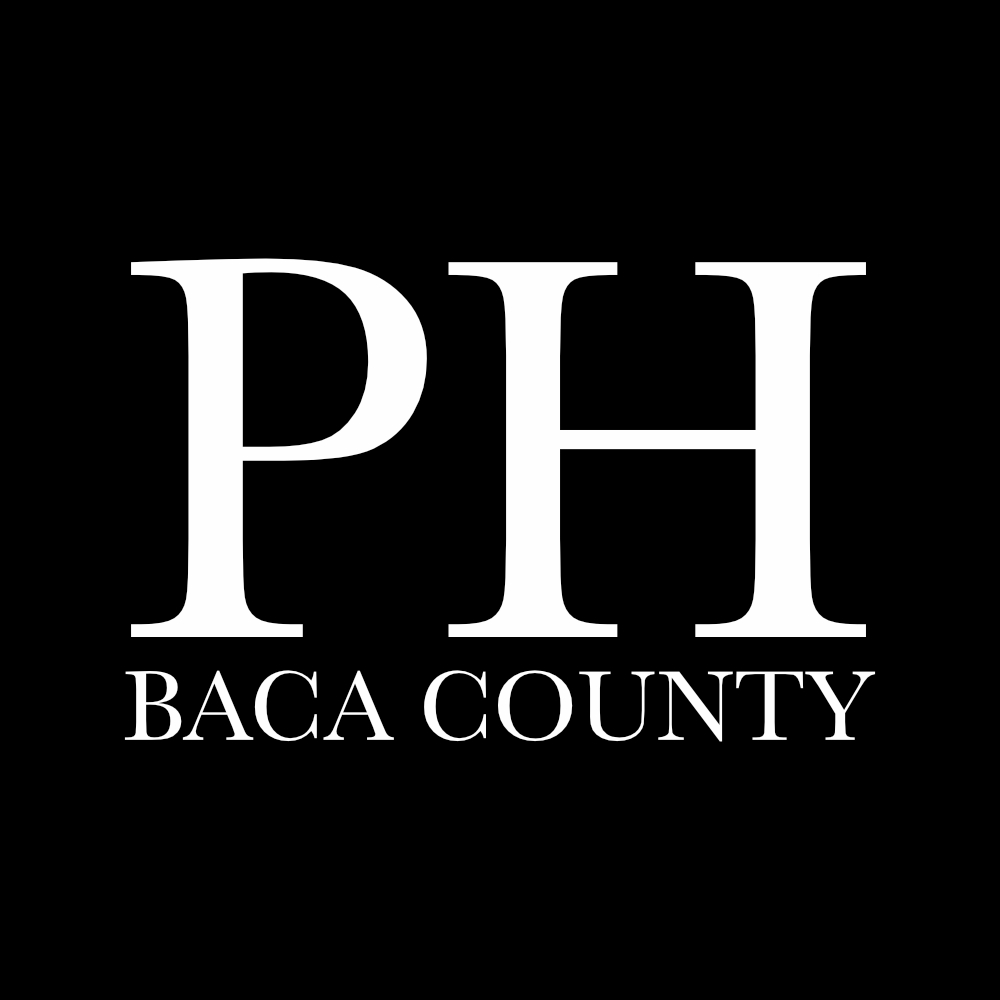The Springfield Herald had a regular series in 1918 called “Persons, Stories, and Incidents of Old Boston and the Old Days.” The episode author is listed as “The Writer” who is actually Sam Konkel.
Left: Sam Konkel Middle: Sam Konkel 188ish Right Sam Konkel 1930ish
Photos courtesy of Zaylan Konkel
The October 19, 1918, edition of the series was titled “Sidewalks”. The thing that’s interesting about Sam Konkel to me is was in Boston as the publisher of the Western World during its entire existence. It is noted in this article he left the country in 1889. The 15-year return to a ride through Old Boston corresponds to his return in 1905 to run the Springfield Herald which later became the Democrat Herald. I bet the silence he mentions up returning was amazing as he was there during its wild lively days. His recollections are very important to the history of Old Baca County as his was a first-hand account of those days. This story goes as follows:
Now we will have the sidewalks – see ordinance. This time the city has the contract and will put down the walks if the citizens fail to do so. Sixty days and we will be the only new town except Lamar in Eastern Colorado, with complete sidewalks. We will have another Jubilee then — World August 2nd, 1888.
Jas. D. Newton Saturday brought in the first load of native lumber that has found its way to our town. Dr. Brown ordered the lumber for sidewalks. It’s made from hard pitch Pine about 10 miles south of Troy and sells there at $18.00 per thousand feet. — Western World August 19th, 1888.
To have real sidewalks in those days or something the holler about. The town wasn’t 2 years old so the sidewalks were really a wonderful achievement, and Boston, of course, is pretty well “blowed up” over it.
The walks we believe were 8 feet wide and extended 4 blocks on Main Street and 2 on 9th Avenue.
The city put down the sidewalks. We presume some of the lot owners paid for the walk collected as payment on that lumber.
In case the parties were to wait for their money till collected as taxes, on the lots, we are not presuming the lumber was ever paid for, as the town and the whole country went to the dogs the next spring, the good people not stopping about such little things as paying the taxes before going.
The writer left the country in May of 1889. At the sidewalks were still there — as standing (laying or lying) monuments to the industry and enterprise of the good new town; or shall we say as a satire on the stranded hopes and ambitions of those who just a few days before had seen the star of their destiny in the west and had moved to carve an empire out of the country to which the star led them. And of course old Boston was all there at the time.
Fifteen years later the writer rode down the Main street of old Boston and do you know, the first thing we thought of was those sidewalks — and they were gone — everything was gone.
On Nov. 1887, the Boston city council solemnly ordained an ordinance entitled — “To prevent Removal of Town Property.”
But here in the face of that ordinance, solemnly ordained, all the hooks, ladders and buckets belonging to the town were gone, the sidewalks were gone — and the whole durned town was gone.
What had become of the hooks, ladders and buckets? What had become of the town? And the people — where were all the people?
The thing that probably impressed us most as we rode into and stopped in the center of that old town — was the awful stillness.
Of course we knew before riding into the town that everything was gone, but the feeling of that awful stillness in the center of that town was as if the good people of that good old town had met with some nihilating world catastrophy, and all it’s people were then sleeping beneath what was once it’s lively thoroughfares.
But the sidewalks — bless your sweet life, we never did learn will let them rest.
Something else next week.


